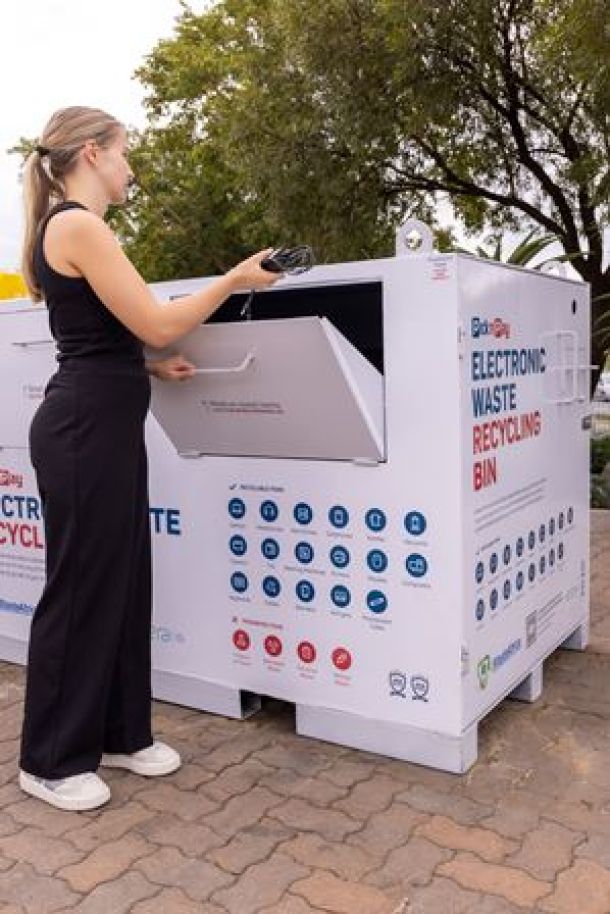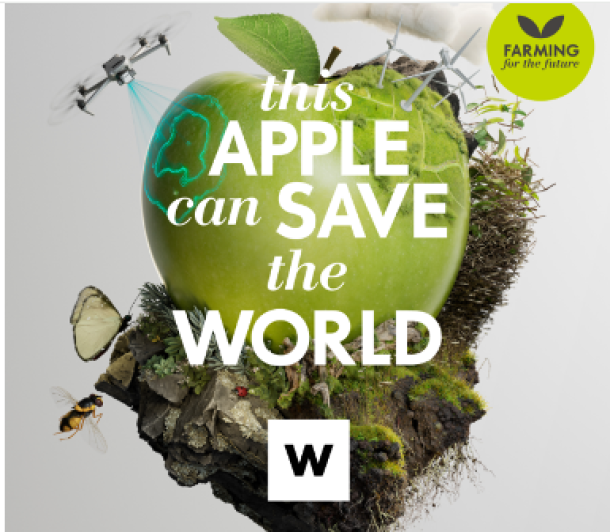Grocery Retail – What are the Key Trends for 2019?
As consumer expectations continue to shift, grocery retailers must ensure that they keep a finger on the pulse of changing demands. Here, James Butcher, managing director of grocery retail specialist, Solutions for Retail Brands (S4RB), examines the key grocery trends to keep an eye out for in 2019.
Health Kicks
With the obesity crisis showing no signs of slowing down, expect 2019 to see legislation introduced with the aim of limiting damaging ingredients and products.
Public Health England’s chief nutritionist, Dr Alison Tedstone, recently suggested that the sugar tax, introduced in April 2018, should be extended to cover ‘puddings’. The current tax on carbonated drinks has seen some of the costs filtered down onto the consumers, and I hope that retailers and manufacturers take the lead on this issue in 2019 to make positive changes to their products.
The need for retailer-led change is highlighted by Public Health England’s plan to cut 20% of calories in popular food by 2024 as part of the government’s strategy to reduce obesity levels.
Although the current traffic light system on packaging has raised awareness of the nutritional properties of products, it is far from perfect and retailers should be looking to provide consumers with greater clarity.
With new legislation looking like a possibility and consumers taking a greater interest in the nutritional value of products, the retailers that create innovative solutions to offer healthier alternatives with clarity on the properties of existing ranges will greater success and keep the tills ringing.
Environmental Awareness
A key shift in consumer demand in recent years is a greater emphasis on retailers embracing more environmentally friendly packaging and processes. I expect this to continue to grow exponentially and focus on two key areas as retailers attempt to attract the lucrative millennial and Generation Z market.
David Attenborough’s second Blue Planet series significantly raised awareness of the impact plastics are having on the environment and sparked a number of protests and boycotts of products with packaging that is deemed unsuitable and excessive.
The result of this has seen a number of schemes established to enable customers to return complex packaging which is difficult for recycling plants to process. Brands such as Walkers and Pringles bowed to public pressure to offer in-store drop offs and postal returns of used packaging, but for these initiatives to be seen as more than just a PR ploy, the onus is on the consumer to make the effort to return products to be recycled.
It isn’t easy to redesign food packaging to be fully recyclable while keeping the contents fresh, but the retailers and brands that can work closely with suppliers and manufacturers to develop innovate solutions to environmental challenges will provide another reason for conscientious millennial consumers to shop there rather than with their competitors.
While a number of retailers made the headlines in 2018 with efforts to cut down on the levels of plastic used and create more recyclable packaging, I hope that 2019 sees a stronger commitment from retailers to listen to this new cohort of environmentally ‘switched on’ shoppers.
Clear Packaging
The launch of Greggs’ vegan sausage roll has had a huge impact on the press in recent weeks and a number of other retailers have launched their own vegan ranges to tap into a more health-conscious consumer. While ‘free-from’ was the key trend of 2018, over the next year, early product launches show that ‘Veganuary’ may have a lasting impact rather than just the one month.
Meeting this change in demand will not come without challenges for retailers and their suppliers. Marks & Spencer, one retailer that also kick-started the new year with a new vegan range, has faced backlash after it was revealed that some of its ‘Plant Kitchen’ products included warnings for people allergic to milk and eggs.
This highlights the need for clarity on packaging labelling. While M&S claimed that its products were vegan-friendly across the board, the warnings that they may contain traces of animal products risks alienating customers and certainly raised a few eyebrows.
Over the next twelve months, as the amount of information on labels continues to rise, retailers must ensure that they work closely with suppliers to ensure that their products are both adhering to health and safety standards and clear for consumers to understand.
With this in mind, I expect to see ‘clean label’ products go from strength to strength. For many, clean label refers to the use of ‘household’, rather than artificial, ingredients, but this also incorporates simple and unambiguous labels.
For example, ‘low fat’ products may appear to be a healthier alternative but that misses the point that they may have high levels of salt or sugar to compensate.
Brands need to simplify messaging and deliver unambiguous information. This is an area where own brand retailers can lead the way due to the fact that they have the scale to brand clearly across categories and ranges with ease.
Brexit Challenge
No sector appears safe from Brexit uncertainty and the grocery industry, where EU members account for 70% of food and drink imports and exports, will be anxiously awaiting further details of what the new relationship will look like after 31 March.
In September 2018, Barclays’ research showed that a no-deal Brexit could cost the food and drink sector £9.3bn with average tariffs of 27% hitting cheaper and own brand products particularly hard. Such tariffs will leave retailers with a major decision to make on how much of this additional cost to pass on to the consumer.
Concerns over access to migrant labour following the end of freedom of movement will be one consideration for food manufacturers, with professional services giant PwC calculating that a third of the workforce is currently made up of EU nationals. While this will bring challenges, it may also present an opportunity for investment in technology in order to increase productivity in an effort to negate the impact on wage costs brought on by a greater reliance on UK-workers.
Another area where the grocery sector may require innovative solutions is in the case of disruption to existing food and drink regulations. The government recently published guidance that stated that the UK would maintain its current set of standards on food safety, food labelling and food quality, although this could change depending on the terms of the withdrawal agreement.
At this point, it is difficult to offer any certainty on the impact Brexit will have on the sector, but it is clear that retailers will have to strengthen the relationship with their suppliers to ensure that they can meet any upcoming challenges.
For more information about Solutions for Retail Brands, visit: www.s4rb.com
News Category
- International retailers
- On the move
- Awards and achievements
- Legislation
- Wine and liquor
- Africa
- Going green
- Supplier news
- Research tools
- Retailer trading results
- Supply chain
- Innovation and technology
- Economic factors
- Crime and security
- Store Openings
- Marketing and Promotions
- Social Responsibility
- Brand Press Office
Related Articles

Pick n pay upcycles air-conditioning systems, s...

Shoprite Group opens pathways to job opportunit...

Pick n Pay empowers shoppers in the fight again...

Massmart implements early leak detection techno...


